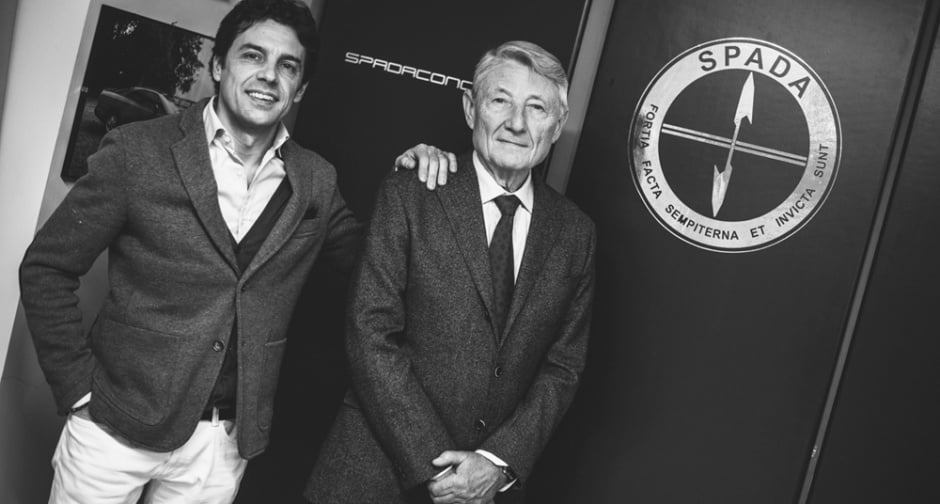
What's your oldest memory of cars and motoring?
Ercole Spada: When I was a child, I had a very small Auto Union model, and some magazines which talked about this car. I was fascinated. At school, we exchanged these magazines with other students if one of us couldn't afford them. I did some sketches of every technical aspect detailed in the magazines. Since then, I've always liked to collect little models.
Paolo Spada: I remember the first time I went to Monza. Lauda and Regazzoni were racing the star Ferraris, but my favourite was Mario Andretti. Then my grandmother took me to a raffle and we won a moped, which stayed in the garage. But once, aged 11, I drove it in secret on the roads near my grandparents' house. The same year, my father taught me to drive while sitting on his knee, and then I did the driving school course at Monza, even though I didn't have my driving licence!
Ercole, your first car was the DB4 GT Zagato, right? How was it to work at Zagato at the time?
Ercole: Yes, that's right. The atmosphere there was very special – as I designed the car in a 1:1 scale directly onto a big panel, others were working behind me, modifying for real what I changed on the sketch. It was easy to work there: everyone was so enthusiastic. I was the only designer, with a great deal of freedom in my work, and I could follow the manufacturing of the bodies and try out the cars to validate (or invalidate) some choices, some evolutions, some changes – like the coda tronca.
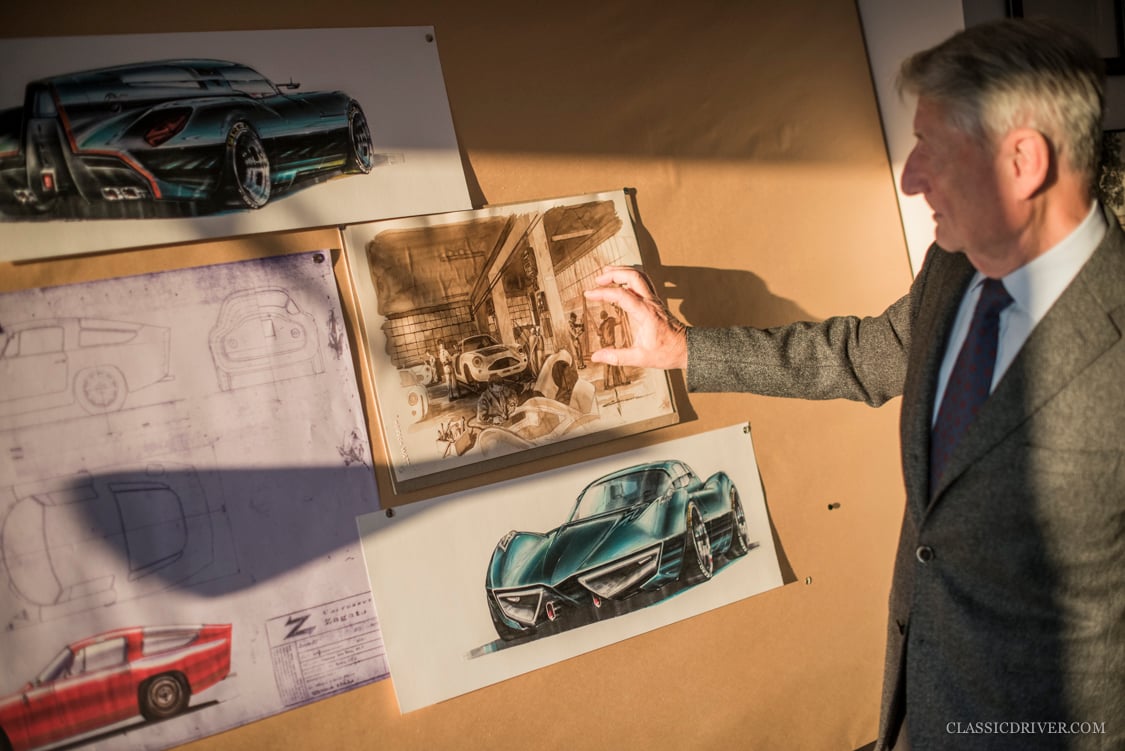
What is so special about the DB4 GTZ?
Ercole: At the beginning, for me, it was just a job, but in the end it became my definite favourite. John Wyer, who was at the time Race Manager at Aston Martin, wanted something lighter to beat the GTOs. So I kept the body as close as possible to the chassis, like a skin over bones. It was a wonderful car, very efficient but also very expensive, and the 19th wasn't sold for a very long time.
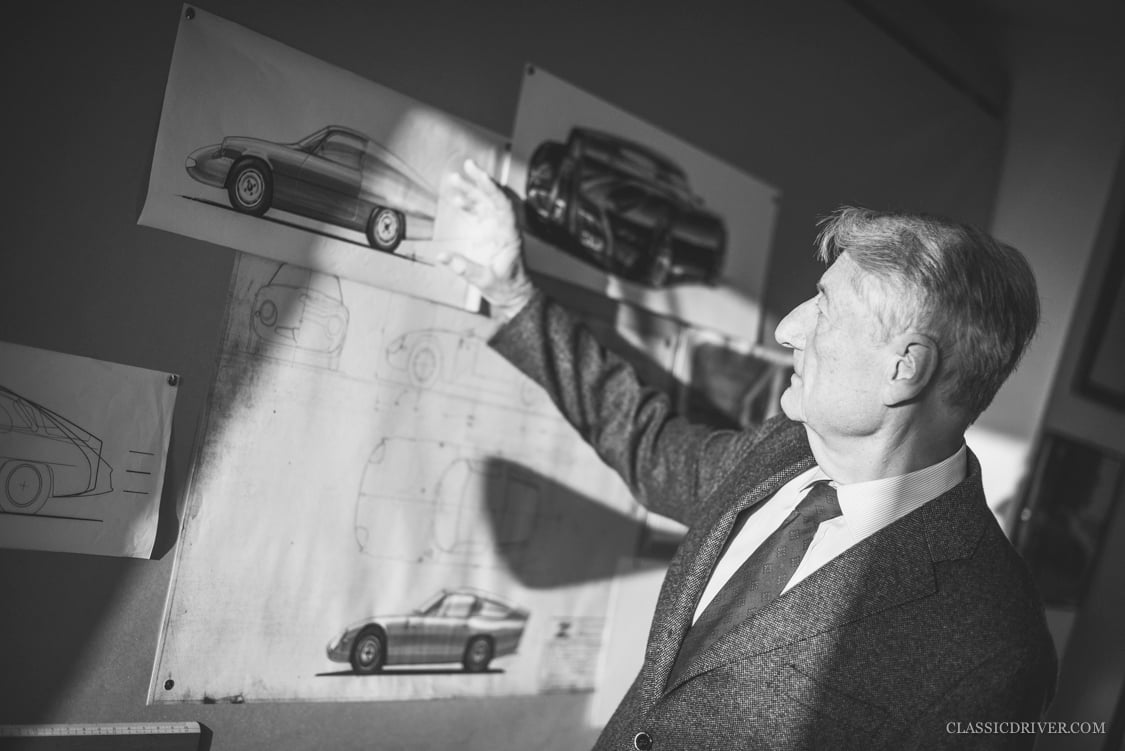
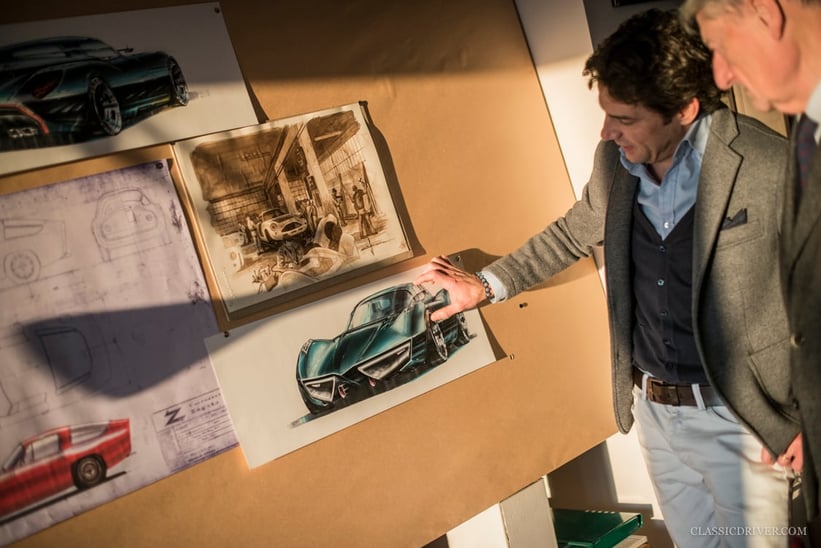
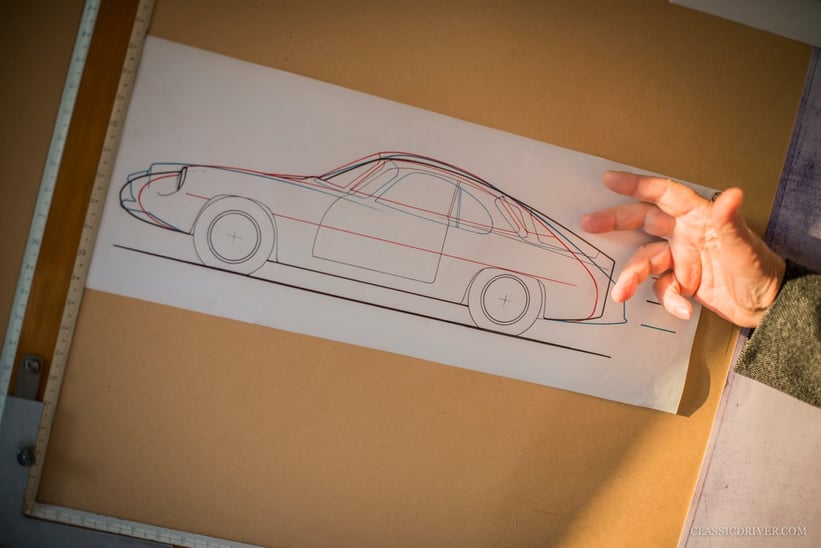
You've said that you tried to improve some aspects of the car yourself, especially in terms of aerodynamics, like the conda tronca. What is this exactly, and has it become your signature?
Ercole: Well, the coda tronca is not my invention. In the 1930s, two German engineers specialising in aerodynamics proved a drop of water to be the perfect shape. But it's impossible to realise on a car, as the rear section would be much too long. But they also proved that it was possible to create the same effect by cutting off the drop at a certain point. Nobody had the courage to cut the rear off a car as they suggested, so everyone simply designed cars with round rears. I was just the first to cut the drop as it should be, creating the cut tail, or coda tronca in Italian. This was my most successful aerodynamics experiment of the 1960s.
Then you worked for BMW. How different was it?
Ercole: It was completely different. We had a real design studio, we had more time, more possibilities, and the biggest change for me was that we had a wind tunnel to test our aerodynamic choices.
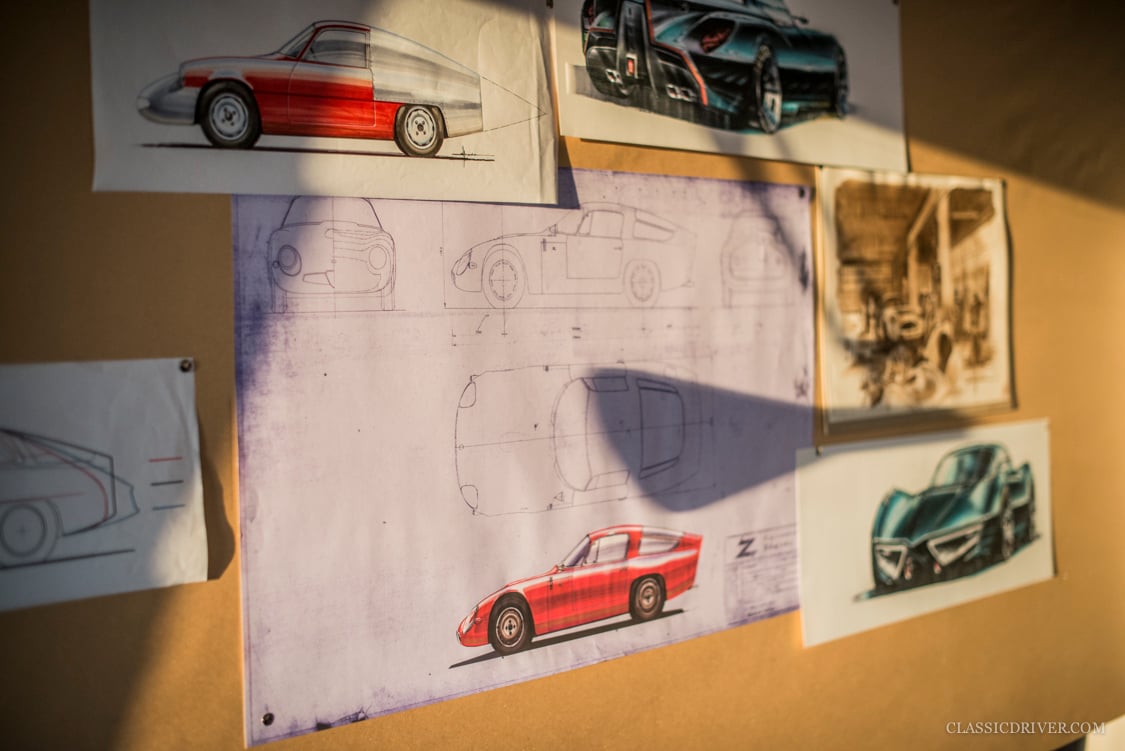
What's the main difference between designing in the 1960s and now?
Ercole: In the 60s, you first designed at a 1:10 scale, and then at 1:1. Today, the skectching time is shorter, you have less pencil and paper, you use a 3D visualisation room to see your car virtually and then you make changes very quickly. In the 60s, everything was possible. Now, a lot of things are controlled by the requirements and costs.
Which cars are you most proud of?
Ercole: The DB4 GT Zagato for sure, the Alfa TZ (the original coda tronca), the Lancia Fulvia Sport, and the BMW 5 and 7 Series.
Which is your favourite car of all time, based on the design?
Paolo: Definitely the Brabham BT55 Olivetti, but I also like the Bugatti Atlantic and the BMW 7 Series my father designed.
Ercole: The Jaguar E-type coupé Series 1.
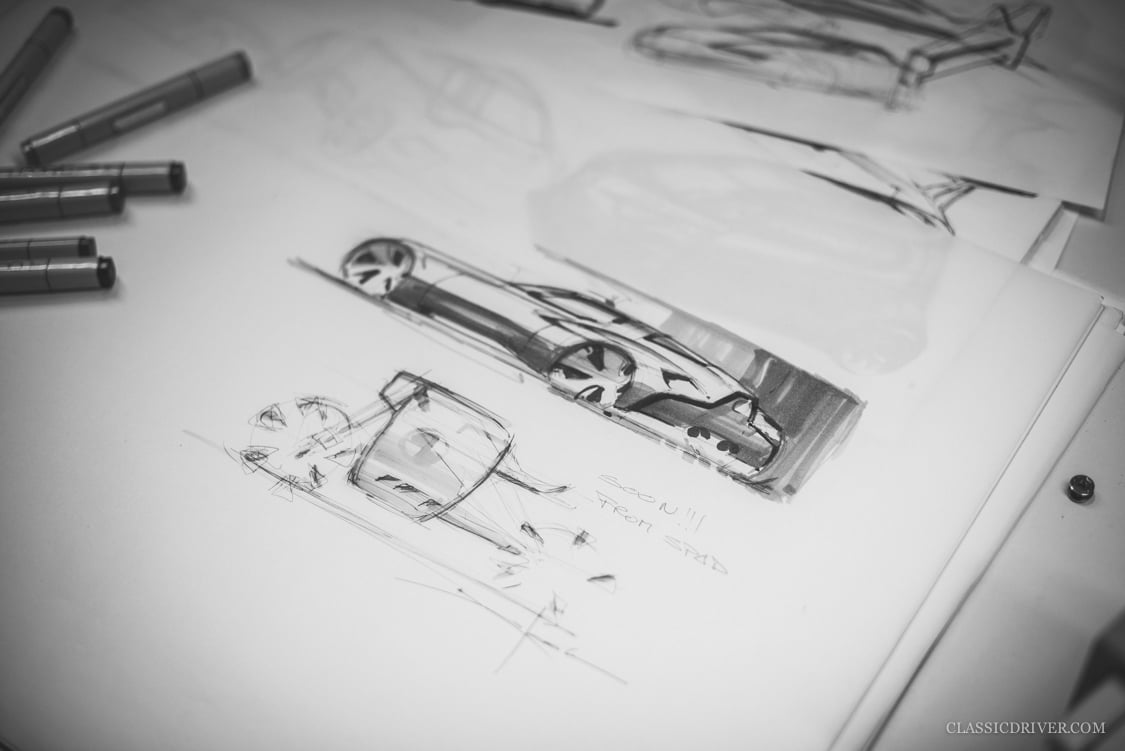
For you, who was the best designer of the 20th Century?
Paolo: Davide Arcangeli, who designed most of the Pininfarina cars of the 90s, and the BMW 5 Series of the Chris Bangle era: he has excellent inspiration, and a good sense of shape.
Ercole: Giorgetto Giugiaro, because he took on difficult projects and worked so hard: he didn't only work on luxury cars, but also on many very popular cars.
Is there a car you'd like to redesign?
Both: The Audi R8. We're working on something at the moment...
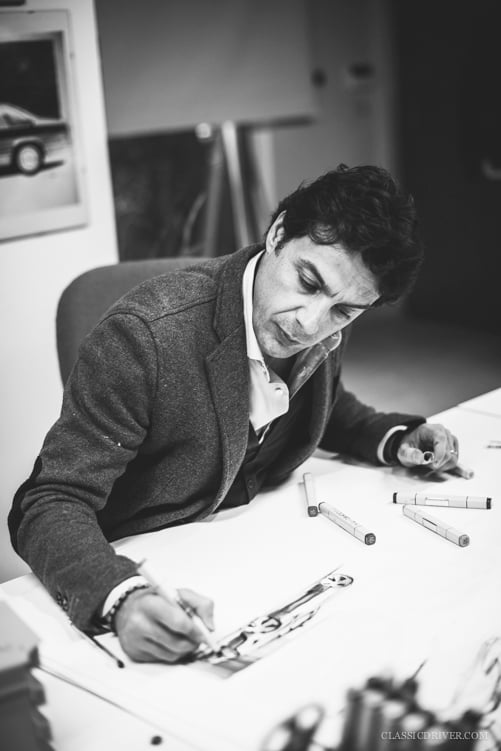
Can creativity be inherited?
Ercole: In a way, yes, but you still have to educate children as young as possible in regard to good taste, the materials, the shapes...
Paolo: At the beginning, I was just seen as 'the son of...'. That's why I went to Germany, to Smart and Mercedes-Benz, with Michael Mauer. As I expected, it proved impossible to work long-term in a big organisation, so I decided that Spada should become a brand, a signature.
How did you do that?
Paolo: Well, we thought the name Spada had a strong enough significance, based on the coda tronca, so we decided it would be a good idea to create a new expression of the coda tronca. In 2008, when we checked, we discovered that the name coda tronca had never been patented. So we did it! And my father's masterpiece is now the property of our design studio. We designed our vehicle on a Corvette chassis, which was for us the right basis: sporty, easy to drive, powerful, and with the right architecture. This car was a link between our past and present. We launched our design studio as we believed there's still a place for Italian body designers and makers. In fact, we have two businesses: Spada Concept, which is a design studio that works on many projects (bikes, helmets, boats, etc.), and Spada Vetture Sport, dedicated to the production of one-off vehicles.
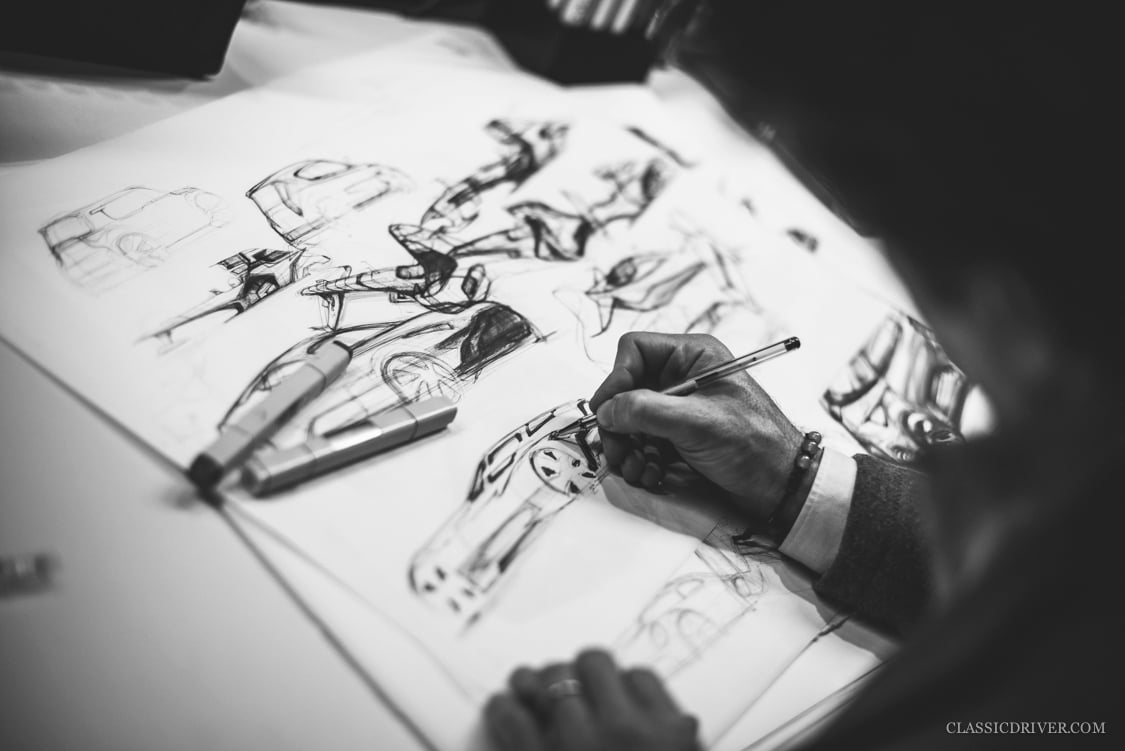
How are the Spadas still influencing automotive design today?
Paolo: Well, we launched our Codatronca model in 2008. Have a look at the frontal design of Lamborghinis since 2009, beginning with the Estoque, and compare it to the front of the Codatronca... you'll see what we mean.
What are your future projects?
Paolo: We want to launch an evolution of the Spada Codatronca Monza: the Daytona, a barchetta dedicated to track days and even more extreme than the spider. We also have some bike projects: a café racer and something very extreme. It would be based either on a BMW or a Guzzi. Wait and see, but Spada will still be a major name in motoring design in years to come.
Photos: Rémi Dargegen for Classic Driver © 2015















